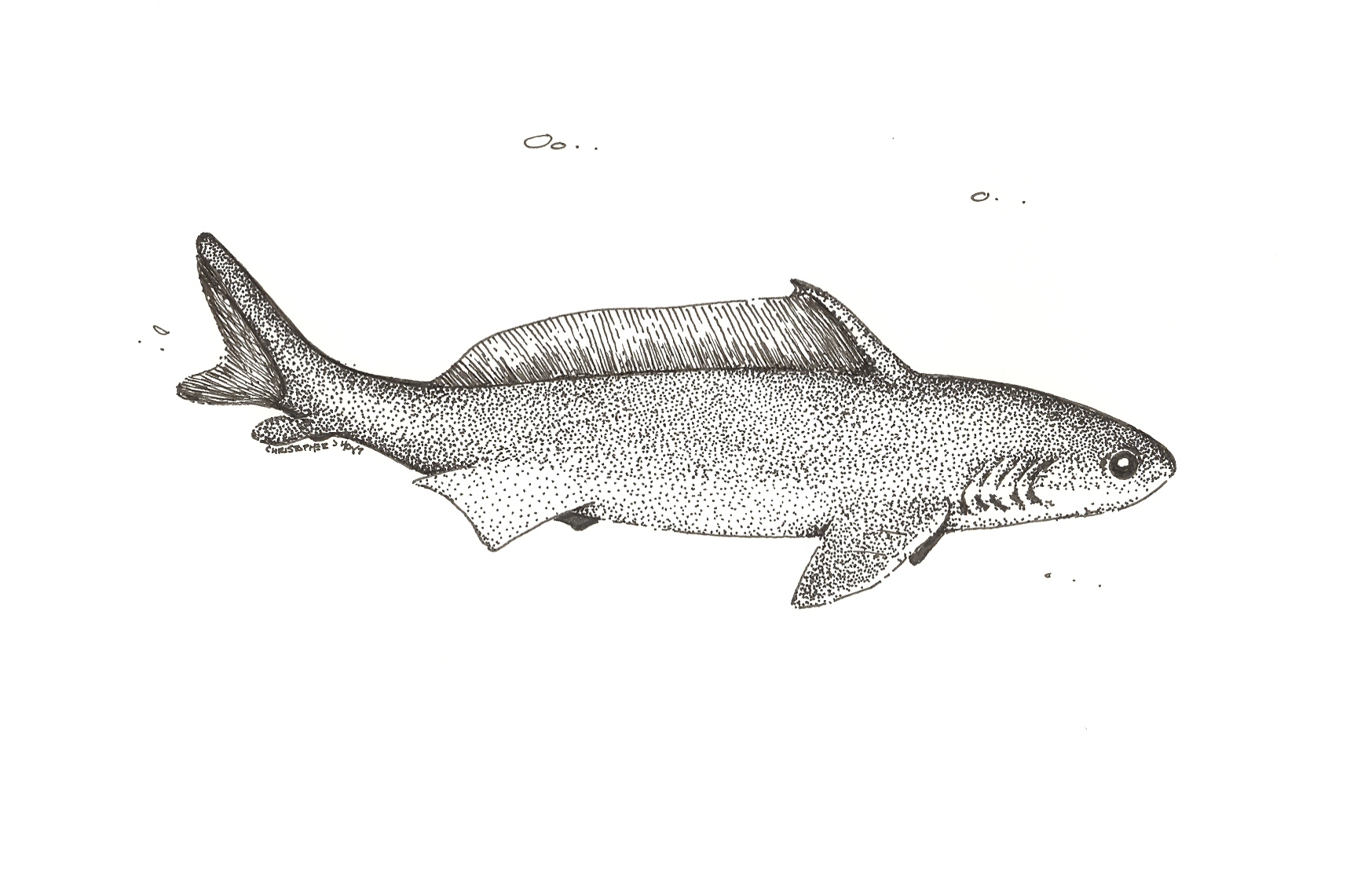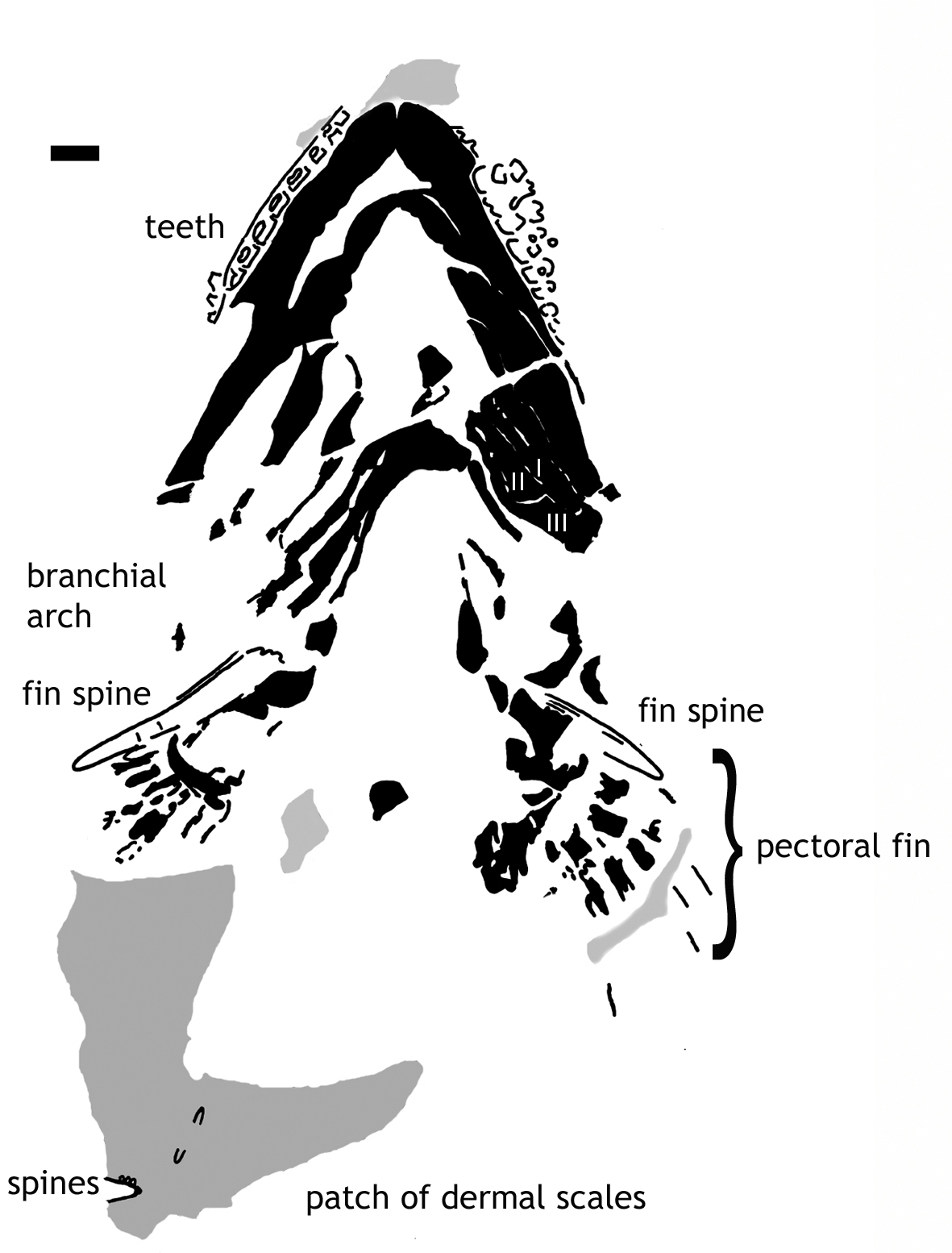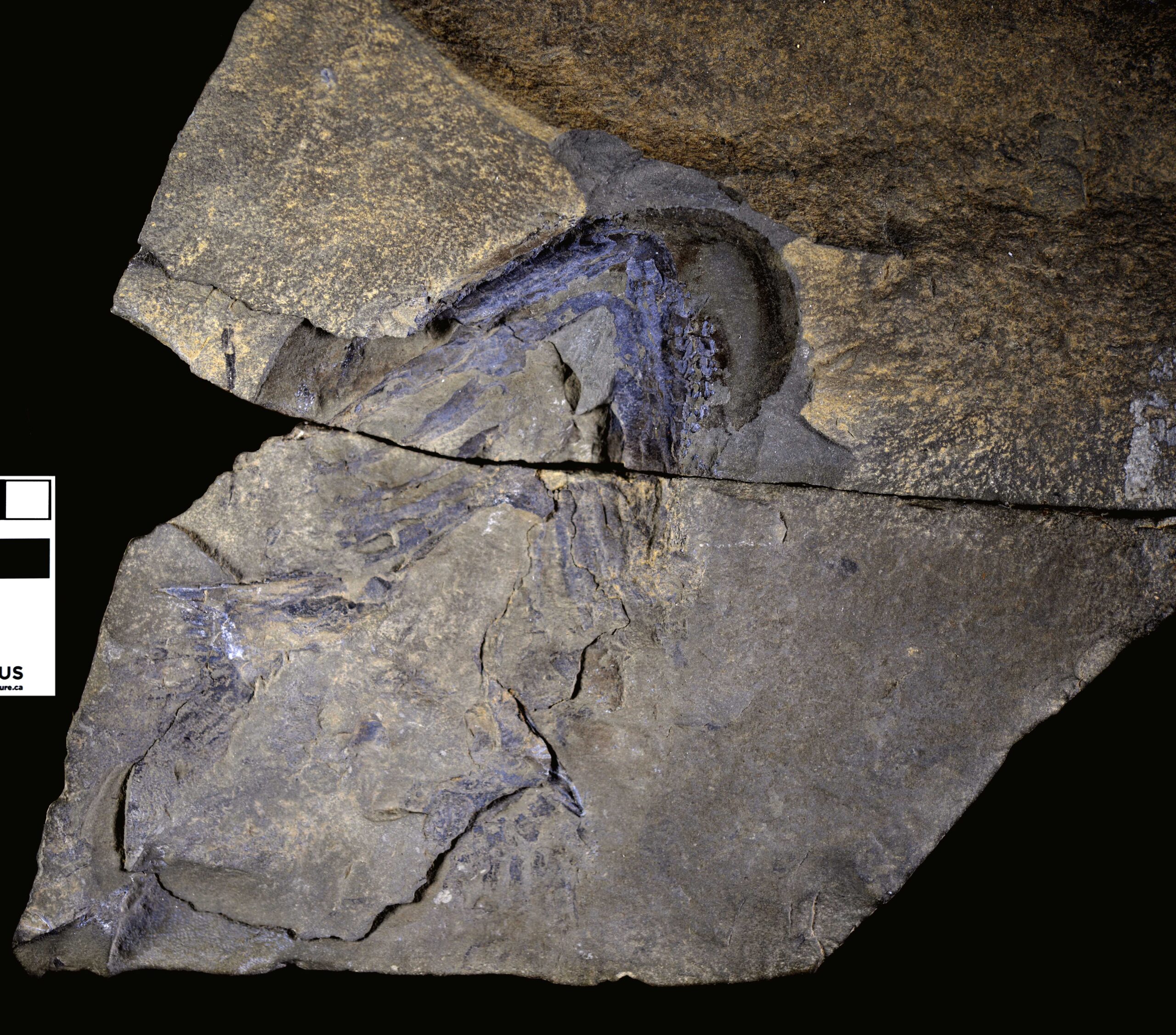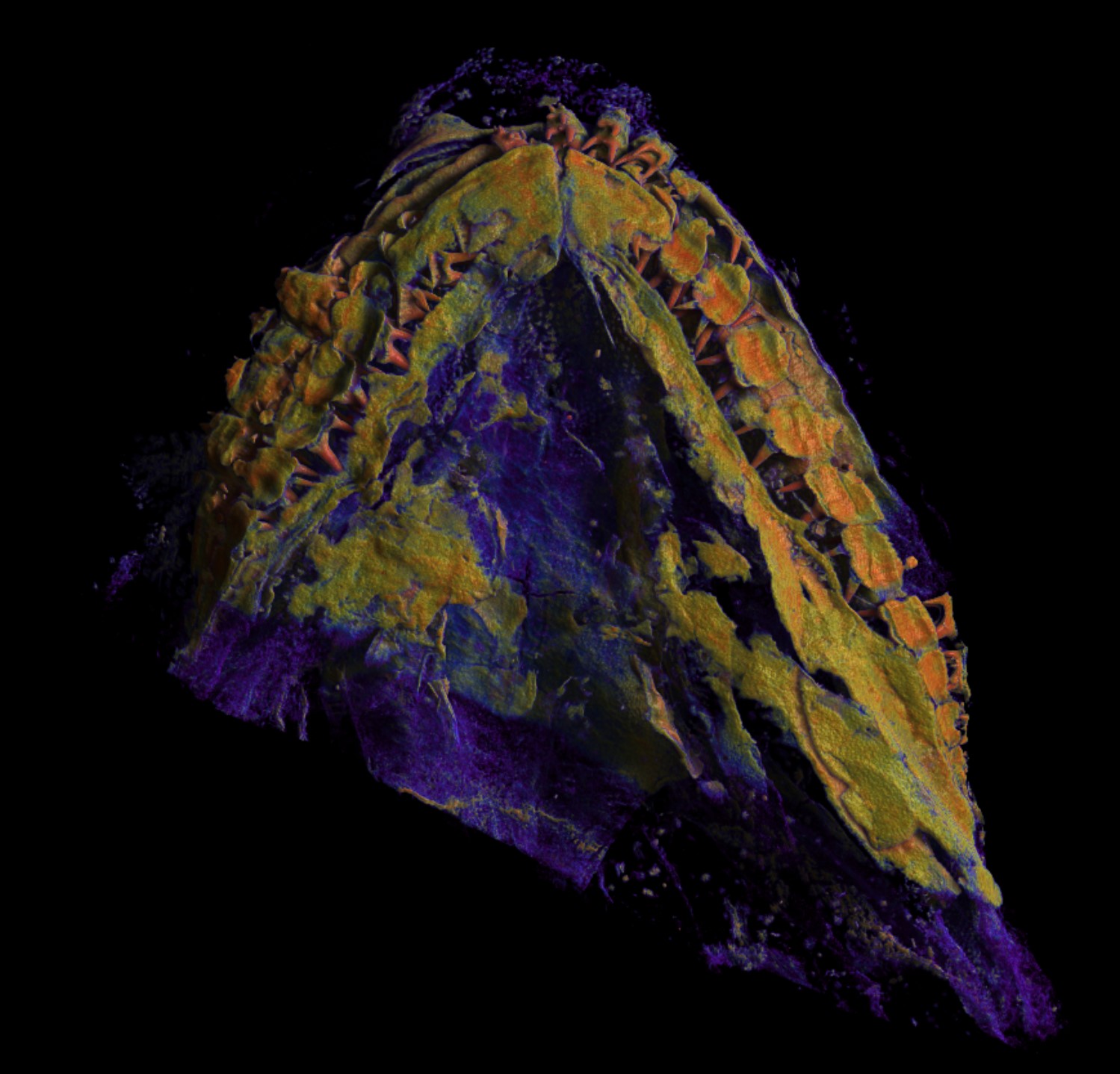Imagine Earth about 400 million years ago—long before dinosaurs, humans, or even birds. This time is called the Devonian Period, and scientists often call it the Age of Fish. It was a time of big changes when the first forests appeared and some fish began crawling out of the water to become the very first amphibians!
Back then, New Brunswick was near the equator, in a much warmer part of the world. Huge pieces of land (the continents) were crashing into each other to form a super-sized continent called Pangea. These powerful collisions created big mountain ranges—including the ones we now call the Appalachian Mountains. In New Brunswick, they helped shape some of our best-known landmarks, like Mount Carleton and Sugarloaf Mountain.
Plants started growing along rivers and coastlines, turning into some of the world’s first forests. Today, you can still find amazing plant fossils from that time near Dalhousie and Campbellton, along the rocky shores of the Bay of Chaleur. These ancient forests were home to the earliest bugs, like the world’s oldest known millipedes!
And in the water? That’s where things got really exciting.
Strange, early fish swam in the warm, shallow waters—some with bony heads, some with spiny fins, and some that looked a bit like sharks. In fact, New Brunswick is where one of the coolest ancient shark discoveries was made.
In 1997, scientists from the New Brunswick Museum, including Dr. Randy Miller, found an almost complete fossil of an ancient shark called Doliodus problematicus. That’s a big deal, because most ancient sharks are only known from their teeth and fin spines—their soft bodies usually rot away before they can turn into fossils.
But Doliodus was different. Its body was 3D and nearly whole, which means it must have been buried quickly in a calm place like a quiet lagoon. That helped even its soft parts turn into stone!
Doliodus had sharp teeth and a shark-like body, but it also had spiny fins like an older kind of fish. This rare mix has helped scientists learn a lot about how modern fish and sharks evolved. The fossil has even traveled the world—to places like Texas, France, and a special scanning lab in Grenoble, France, where scientists made super-detailed 3D images of its insides!
Today, researchers from around the globe are still studying Doliodus to better understand how the first fish became the sharks and sea creatures we know today.








